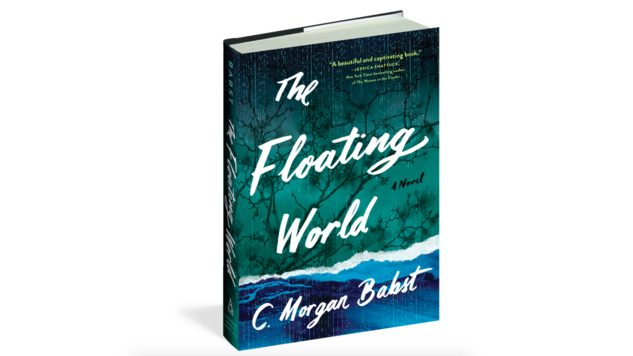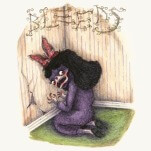In The Floating World, C. Morgan Babst Attempts to Write the Novel on Hurricane Katrina

In The Floating World, C. Morgan Babst’s ambitious debut novel, the past is a spiky thicket; untangling it, setting it right again, is the task that the writer has set for her characters and herself. The novel, which takes place in the immediate aftermath of Hurricane Katrina’s devastation on the city of New Orleans, follows the Boisdoré-Eshlemen family as they seek to put their lives back together again.
Each of The Floating World’s characters is wracked with some internal agony. Adelaide—Del, as she is known to her family and friends—is the accomplished older daughter of the Boisdoré clan who abandons her friends and her job in New York City in order to move back home and help her family deal with the hurricane’s aftermath, though it’s not clear that anyone actually wants her help. Cora, Del’s younger sister, refuses to evacuate the city and rides out the storm with a co-worker, Troy, a decision that destabilizes her already-fragile psychological state. Tess, their mother, is a white psychiatrist who hails from an upper-class background. She and Joe, their father—a sculptor who hails from a long line of black craftsmen and artisans—split up after evacuating the city and leaving Cora behind. Meanwhile, Vincent, Joe’s father, is falling into the dementia and paranoia of the Lewy Body degenerative brain condition.
In The Floating World, the storm works as a catalyst, a trigger for the Boisdoré clan’s deep-rooted traumas. Tess and Joe’s separation causes Joe to reflect on the inequalities baked into the origins of their relationship and Tess on her tendency to put everyone else first; Del’s return unleashes a torrent of angst about her role in the family line; Cora’s mental illness, controlled and tucked away for years, re-emerges with a vengeance.
-

-

-

-

-

-

-

-

-

-

-

-

-

-

-

-

-

-

-

-

-

-

-

-

-

-

-

-

-

-

-

-

-

-

-

-

-

-

-

-








































